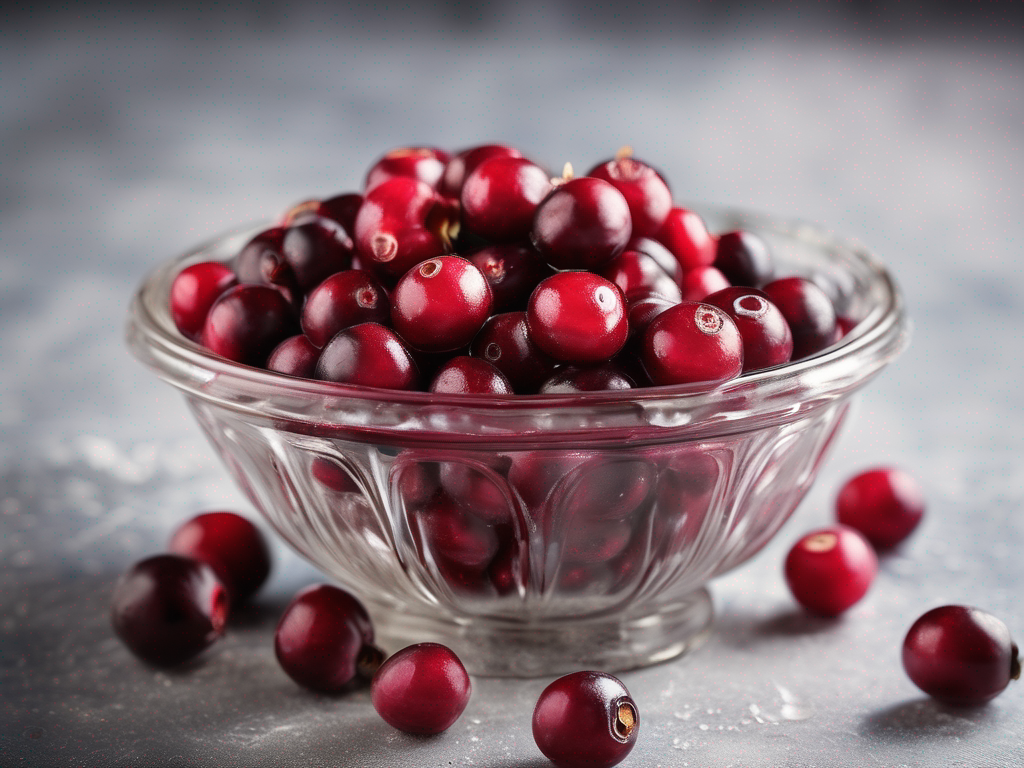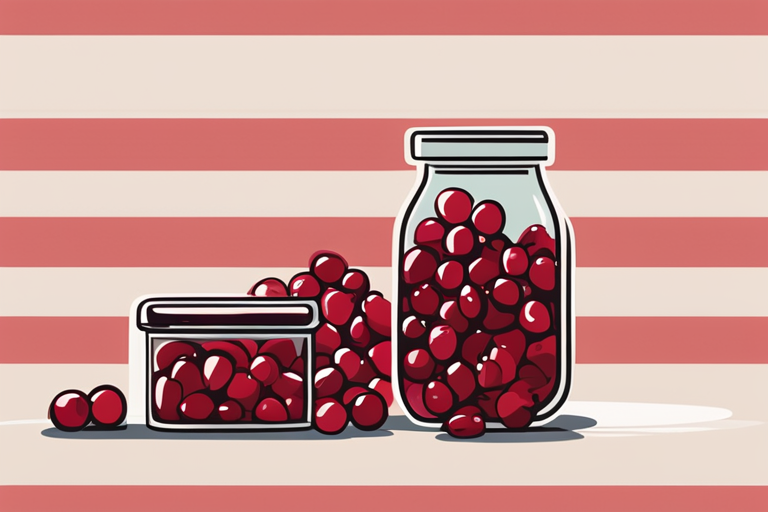
Preserving American Cranberries to Prevent Spoilage
Get Your Free Food Safety Cheat Sheet
30 most common foods with instant answers. Print it and stick it on your fridge—completely free!
Preserving American Cranberries to Prevent Spoilage
American cranberries are a popular and versatile fruit that can be enjoyed in a variety of ways, from sauces and jams to baked goods and cocktails. However, like all perishable foods, cranberries are susceptible to spoilage if not properly stored and preserved. In this comprehensive guide, we will explore the best methods for preserving American cranberries to ensure their freshness and quality for longer periods. (American cranberry)
Understanding American Cranberries
Before diving into preservation techniques, let's take a closer look at American cranberries and their unique characteristics:
What are American Cranberries?
- Native Fruit: American cranberries are native to North America and are grown primarily in the northeastern United States and parts of Canada.
- Health Benefits: Cranberries are rich in antioxidants, vitamins C and E, and fiber, making them a nutritious addition to your diet.
- Versatile: These vibrant red berries can be used in both sweet and savory dishes, adding a tart and refreshing flavor.
For more information on American cranberries, check out this comprehensive guide.
Factors Contributing to Cranberry Spoilage
To effectively preserve American cranberries, it's essential to understand the factors that contribute to their spoilage:
Common Causes of Cranberry Spoilage
- Moisture: Cranberries are high in moisture content, making them prone to mold and bacterial growth if not stored properly.
- Temperature: Exposure to fluctuating temperatures can accelerate spoilage and reduce the shelf life of cranberries.
- Air Exposure: Oxygen can promote oxidation and microbial contamination, leading to decay and off-flavors in cranberries.
By addressing these factors, you can extend the freshness of your American cranberries and minimize food waste.
Best Practices for Preserving American Cranberries
Now, let's explore effective methods for preserving American cranberries to prevent spoilage and enjoy their flavor year-round:
1. Refrigeration
- Rinse and Dry: Before refrigerating cranberries, make sure to rinse them under cold water and pat them dry with a paper towel to remove any dirt or debris.
- Storage: Place the cranberries in a breathable container or perforated plastic bag to allow air circulation. Store them in the refrigerator crisper drawer at temperatures between 34-40°F (1-4°C).
- Optimal Shelf Life: Fresh cranberries can typically last up to 4 weeks in the refrigerator when stored properly.
2. Freezing
- Preparation: Wash and dry the cranberries before freezing. You can freeze them whole or in a sugar syrup for added sweetness.
- Packaging: Place the cranberries in airtight freezer bags or containers, removing excess air to prevent freezer burn.
- Freezing Time: Frozen cranberries can maintain their quality for up to 12 months in the freezer. They can be used directly from frozen in recipes or thawed before use.
3. Drying
- Dehydration: Drying cranberries removes moisture, preventing spoilage and creating a shelf-stable product.
- Oven Drying: Spread the cranberries in a single layer on a baking sheet and dry them in a low-temperature oven (around 200°F or 93°C) until they are firm and shriveled.
- Storage: Store dried cranberries in airtight containers in a cool, dry place away from direct sunlight. They can last for several months when properly dried and stored.
4. Canning
- Sterilization: Use sterilized jars and lids for canning cranberries to prevent contamination.
- Boiling Water Bath: Process the filled jars in a boiling water bath canner for the recommended time to ensure proper sealing and preservation.
- Shelf Stability: Canned cranberries can last for up to 1 year when stored in a cool, dark pantry.
Safety Tips for Handling American Cranberries
To maintain food safety and prevent contamination when handling American cranberries, consider the following tips:
- Inspect: Check the cranberries for any signs of mold, discoloration, or soft spots before using them.
- Wash Thoroughly: Rinse the cranberries under cold water and scrub gently to remove any dirt or residues.
- Avoid Cross-Contamination: Keep cranberries away from raw meats, seafood, and other potentially hazardous foods to prevent foodborne illnesses.
By following these safety guidelines, you can enjoy delicious American cranberries with peace of mind.
Conclusion
Preserving American cranberries is not only a way to reduce food waste but also a way to enjoy their vibrant flavor and nutritional benefits throughout the year. By refrigerating, freezing, drying, or canning cranberries using the methods outlined in this guide, you can extend their shelf life and enhance your culinary creations. Remember to prioritize food safety practices when handling cranberries to ensure a delicious and safe dining experience. Embrace the versatility of American cranberries and savor their unique taste in your favorite dishes. (American cranberry)

Authoritative Food Safety References
These agencies and university labs inform every tip and health precaution we publish.
USDA FoodKeeper – Cold Storage Guidelines
Official refrigerator, freezer, and pantry timelines maintained by the U.S. Department of Agriculture.
Visit USDA FoodKeeperFDA Produce Safety Rule & Grower Guidance
Field-to-fridge handling practices that prevent contamination of fruits, vegetables, and leafy greens.
Visit FDA Produce SafetyCDC Foodborne Illness Prevention Hub
Surveillance-backed guidance on pathogens, symptoms, and steps to reduce foodborne illness risk.
Visit CDC Food SafetyUC Davis Postharvest Technology Center
University research detailing optimal storage atmospheres for produce after harvest.
Visit UC Davis PostharvestPenn State Extension – Home Food Preservation & Safety
Peer-reviewed extension bulletins on safe canning, chilling, and reheating practices.
Visit Penn State ExtensionWhat are the best practices for storing American cranberries?
Can I can American cranberries to preserve them?
How long do American cranberries last in the refrigerator?
Are there any food safety concerns when preserving American cranberries?
Get Your Free Food Safety Cheat Sheet
30 most common foods with instant answers. Print it and stick it on your fridge—completely free! Want more? Upgrade to the complete guide with 70+ foods.
Scan your food directly and get instant safety info using our AI-powered camera feature.